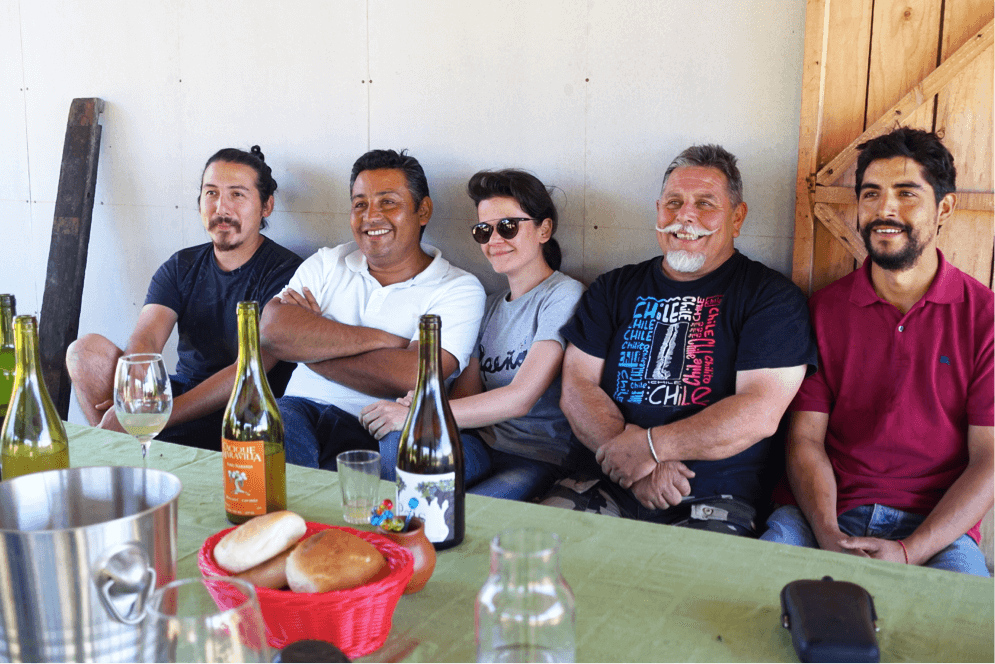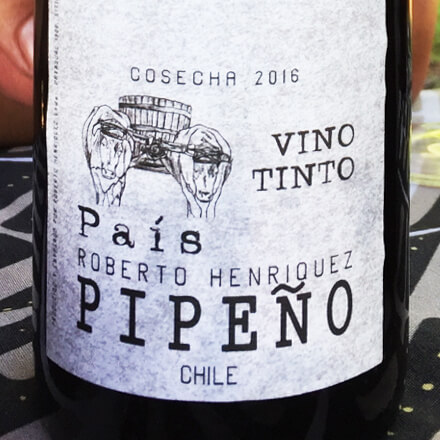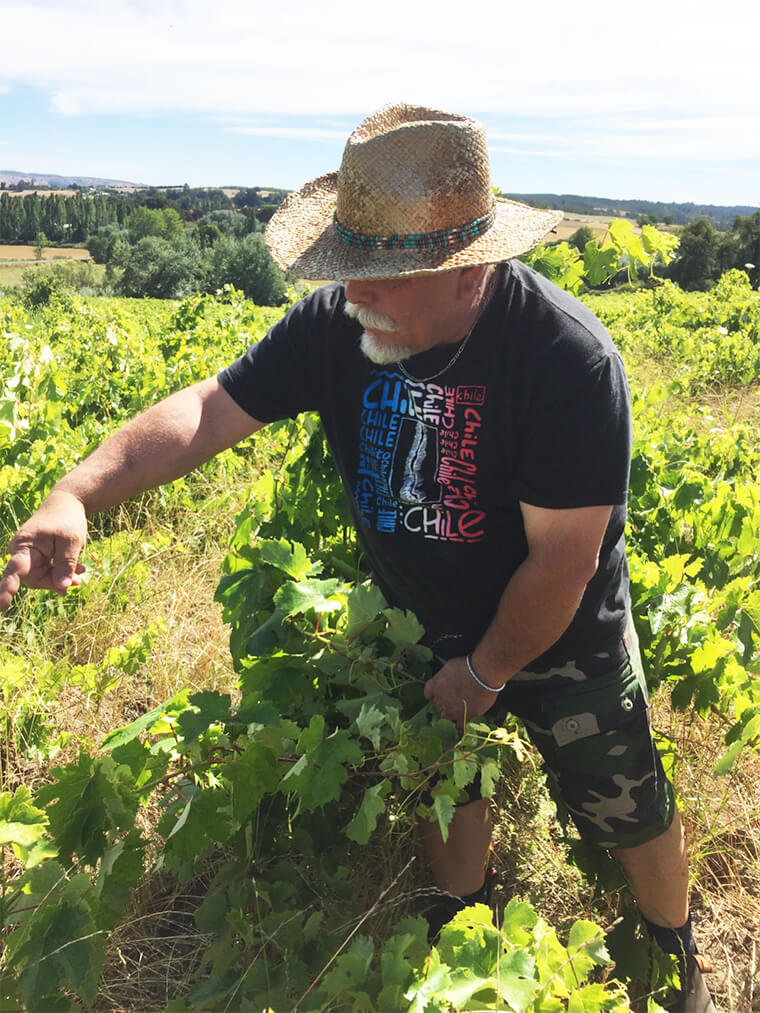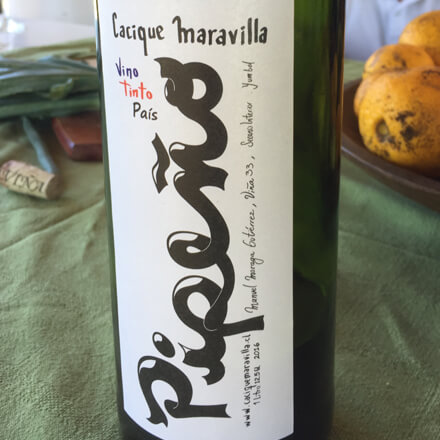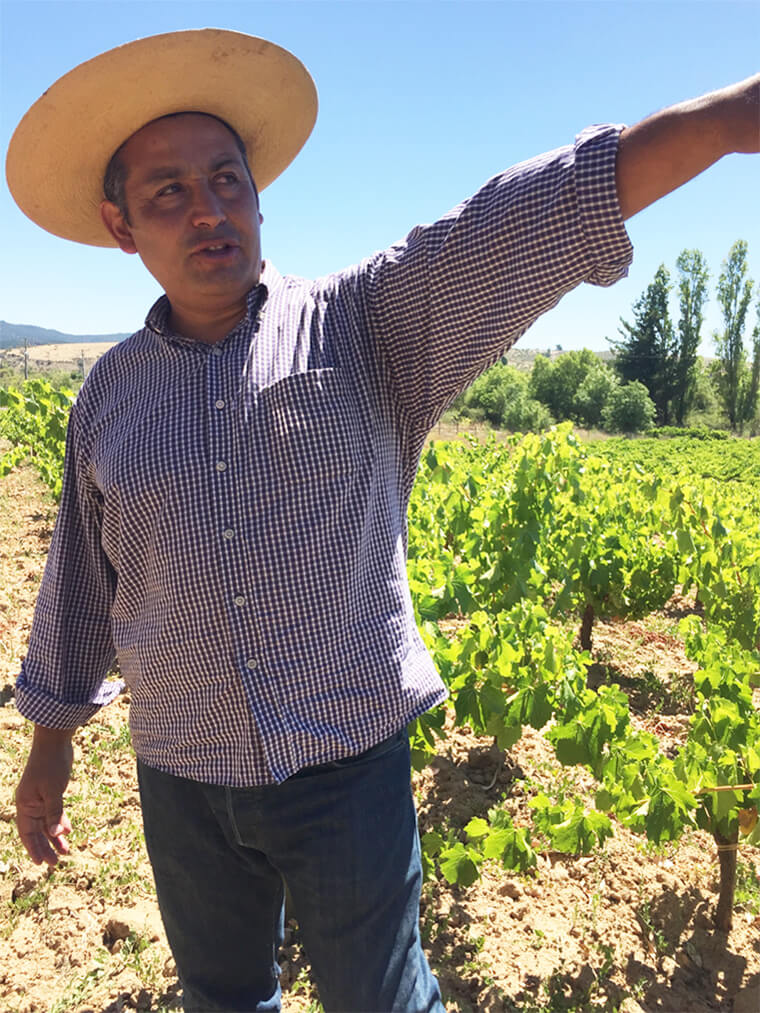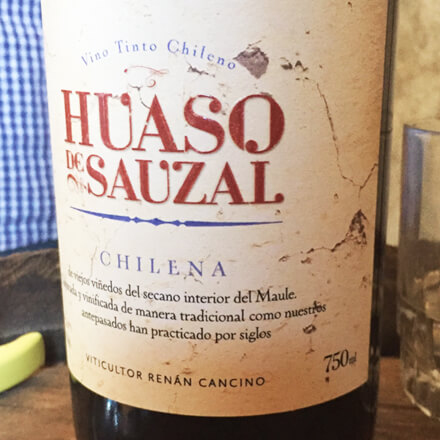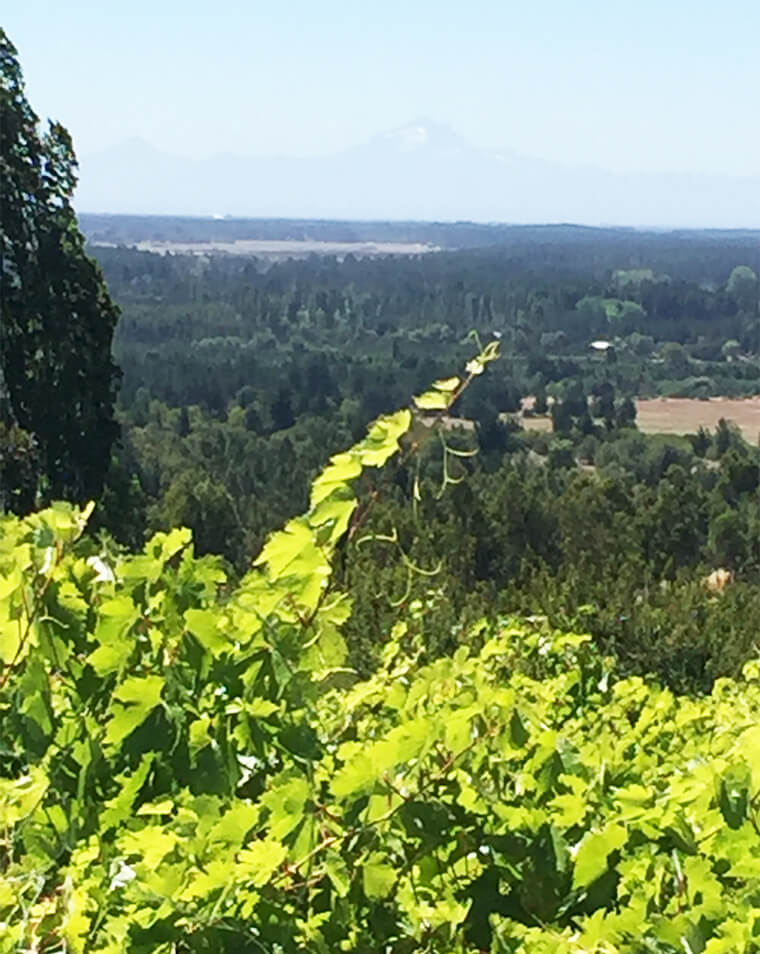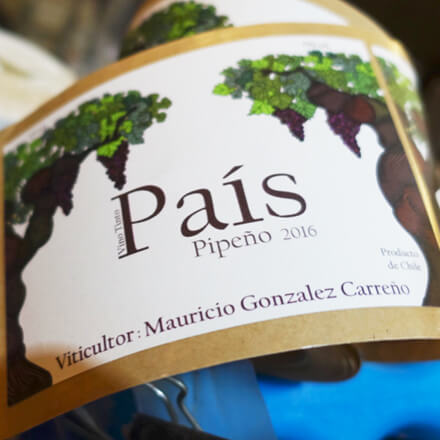That’s Team Pipeño, devoted to its resurrection. Maca, in the middle, spoke for all of them when she said “I want to show the world that Chile has always made natural wine.” Well, it’s not going to be so easy. After all, they still don’t have any support from their commercial wine arm.
However, inside of the country, things are different. Pipeño has become something of a fashion the way qvevri wine has become a la mode in Georgia. This is evidenced by some of the big companies who are offering versions of the humble wine and the fact that 2017 Catad’Or Wine Awards will offer a new category for “peasant wine.”
But you know how many assume that all Georgian wines are natural? Pipeños and those seeking them can fall victim to mistaken identity. Beware. The real ones, full of vitality, like from this quartet, are difficult to come by, but so worth it if you want to taste the deep soul of Chilean wine.
